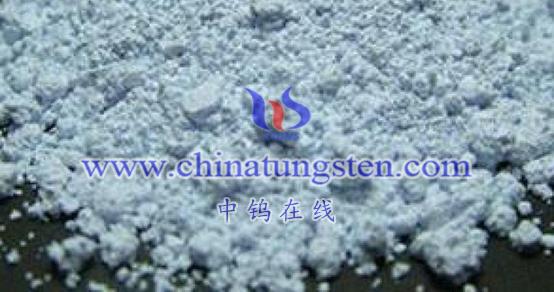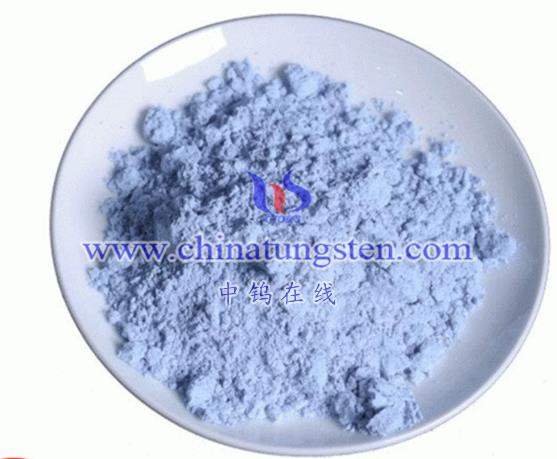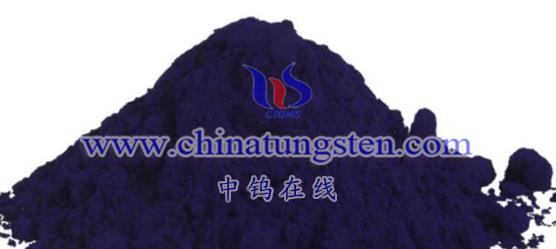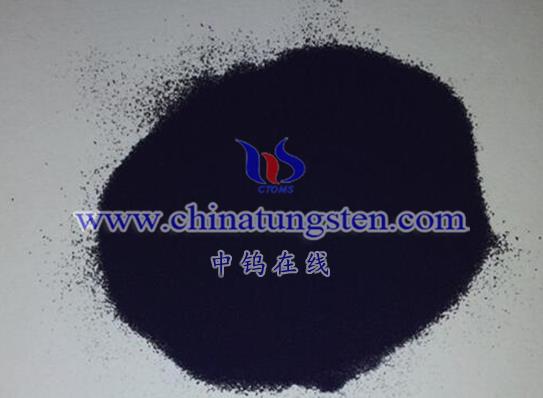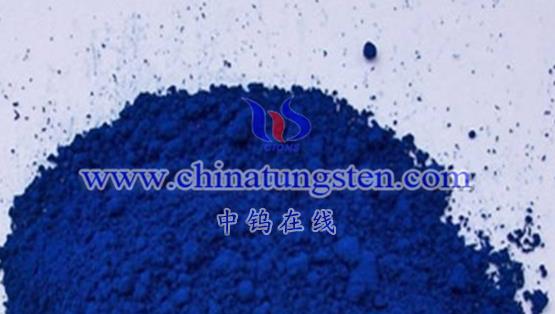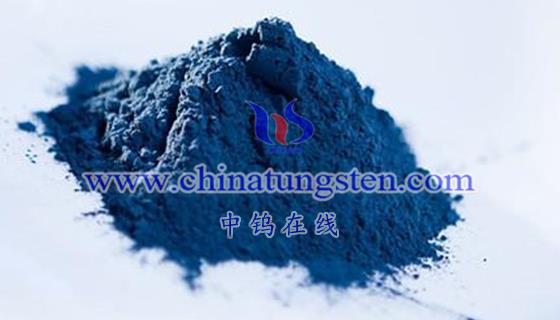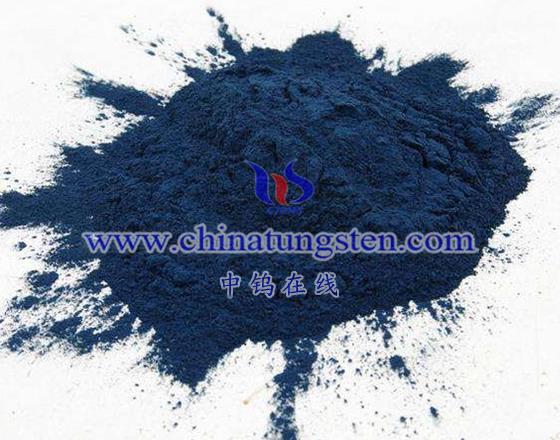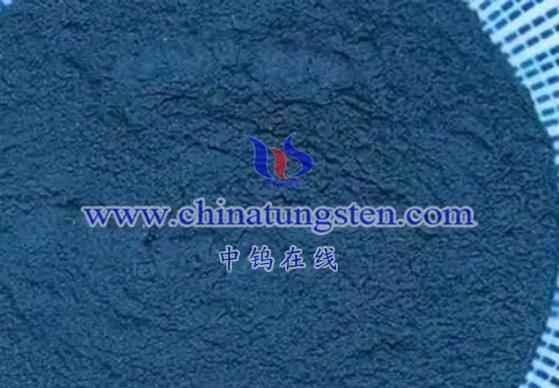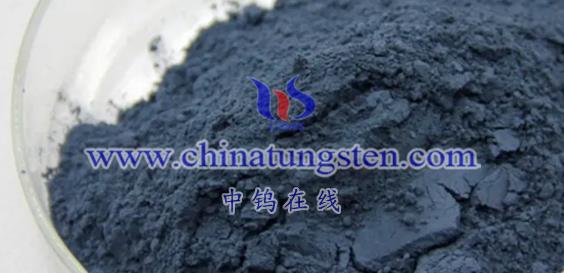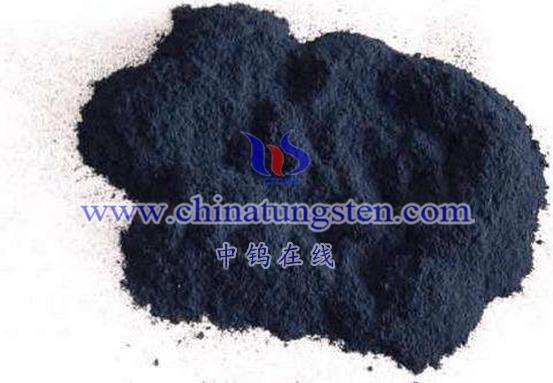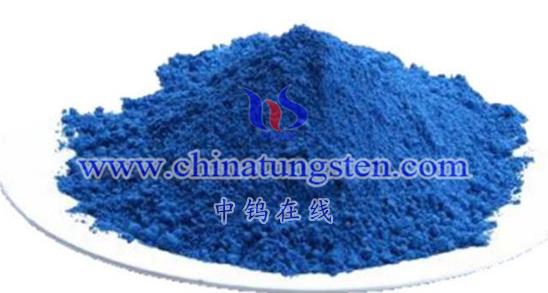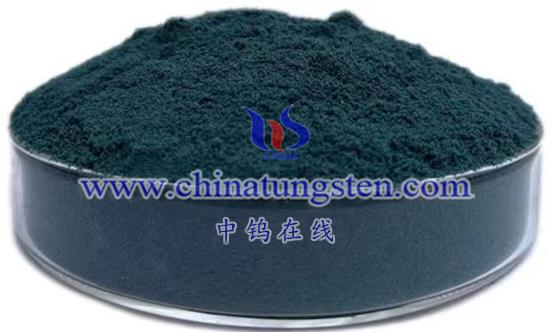
The management of nano tungsten oxide (WO3) waste is an important issue related to environmental protection and resource recovery. Given the unique physicochemical properties of nano tungsten oxide, special attention must be paid to its potential impacts on health and the environment. Here are several possible methods for managing nano tungsten oxide waste:
- Chemical Separation and Recovery
Utilizing the chemical properties of nano tungsten oxide to separate and recover it from waste materials through chemical reactions or physical processes.
- Steps:
- Dissolution and Precipitation: Dissolve the waste in an appropriate solvent and adjust the pH or add specific precipitating agents to allow nano tungsten oxide to precipitate out.
- Filtration and Washing: Filter the precipitate to remove impurities from the solution, and wash it to eliminate residual solvents and impurities.
- Drying and Recovery: Dry the washed precipitate to obtain pure nano tungsten oxide powder for further recovery and reuse.
- Adsorption and Fixation
Using nanomaterials (e.g., nano iron oxide, activated carbon) with high surface area and adsorption properties to capture and immobilize harmful substances from nano tungsten oxide waste.
- Steps:
- Adsorbent Selection: Choose appropriate nanomaterials as adsorbents.
- Adsorption Treatment: Mix nano tungsten oxide waste with the adsorbent to capture harmful substances on its surface.
- Separation and Regeneration: Use methods like filtration or centrifugation to separate the adsorbent from the waste, and regenerate the adsorbent for reuse.
- Thermal Treatment and Incineration
Applying high temperatures to nano tungsten oxide waste to decompose or transform harmful substances into non-toxic materials.
- Considerations:
- Temperature Control: Strictly control the temperature and time of the thermal treatment or incineration to avoid secondary pollution.
- Gas Treatment: Purify the gases generated during the process to remove harmful substances.
- Biological Treatment
Utilizing microbial metabolic activities to convert harmful substances in nano tungsten oxide waste into harmless or less toxic materials.
- Outlook: While biological treatment methods are environmentally friendly and cost-effective, their application in nano tungsten oxide waste management is still in the research phase.
- Landfilling and Storage
Disposing of nano tungsten oxide waste in landfills or storage under specific conditions to prevent harm to the environment and human health.
- Considerations:
- Site Selection: Landfill or storage sites must meet environmental protection requirements and be located away from residential areas and water sources.
- Leachate Control: Implement measures to prevent harmful substances from leaking into groundwater.
- Comprehensive Utilization
Extracting and separating useful components from nano tungsten oxide waste for the production of other products or reuse as raw materials.
- Examples: Extracting tungsten elements from waste for the production of new tungsten products or catalysts.
Conclusion
There are various methods for managing nano tungsten oxide waste. The specific method chosen should consider the nature of the waste, treatment costs, and environmental requirements. Additionally, it is essential to optimize the processes based on specific operational conditions and equipment capabilities.
More details of tungsten oxide product, please visit website: tungsten-oxide.com
Please contact CHINATUNGSTEN for inquiry and order of tungsten oxide:
Email: sales@chinatungsten.com
Tel.: 86 592 5129595
